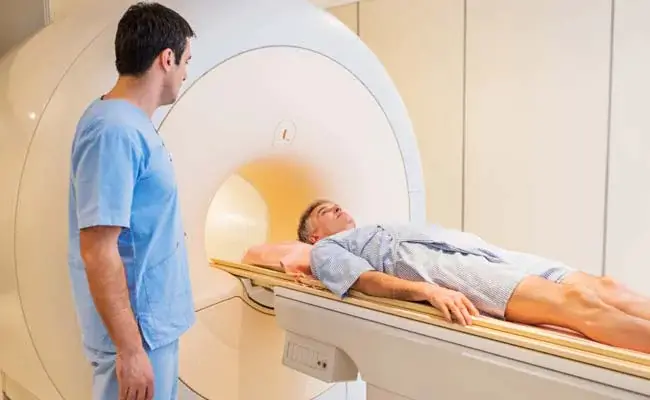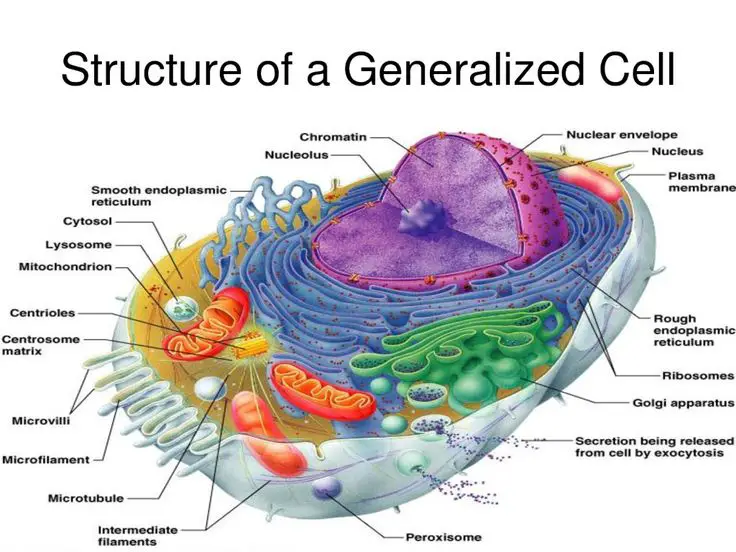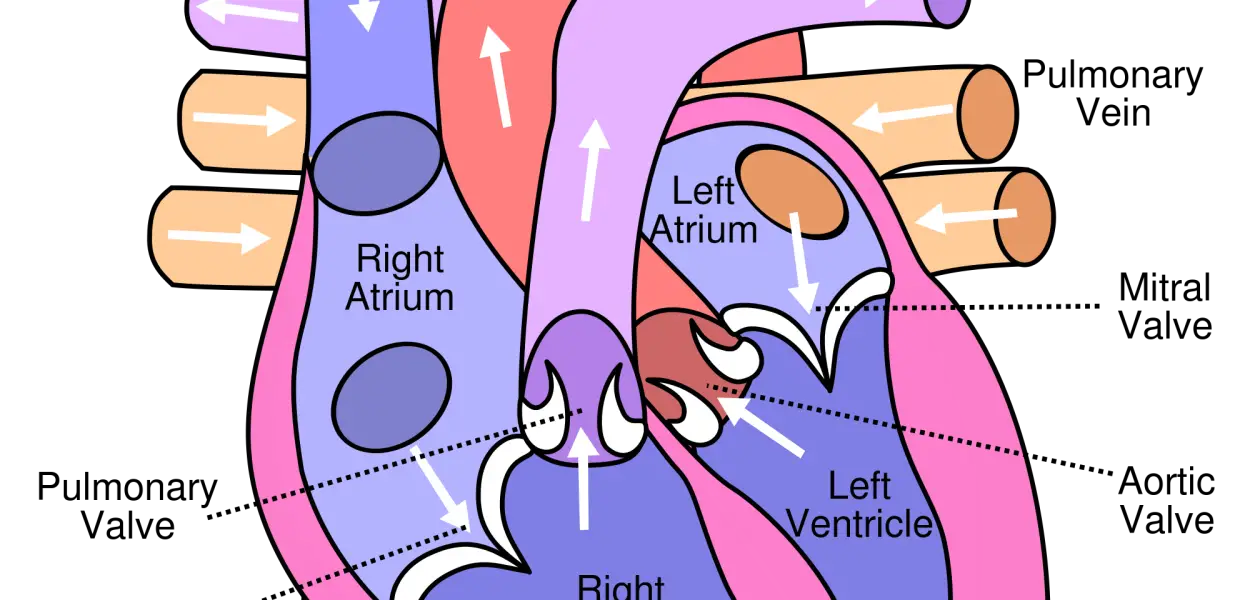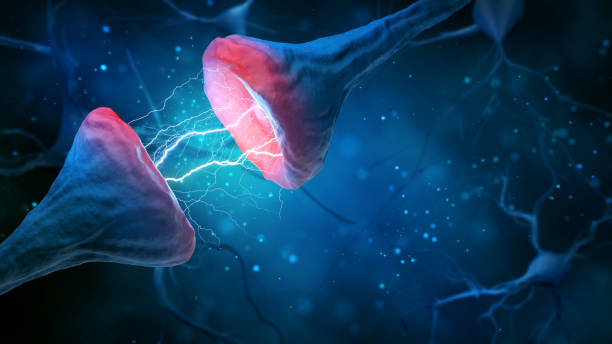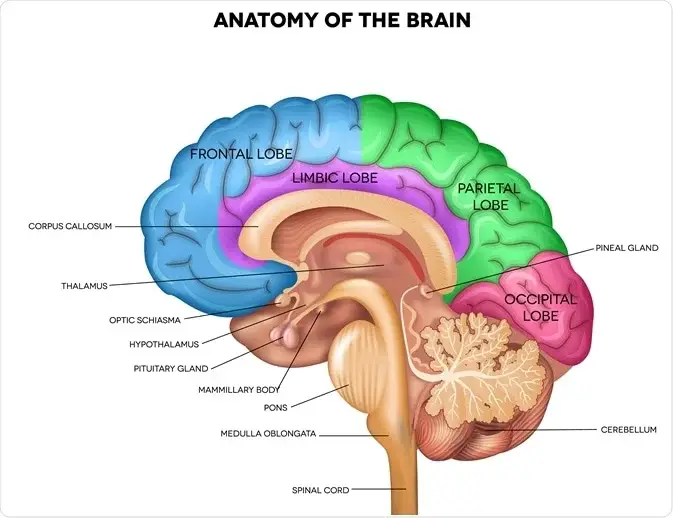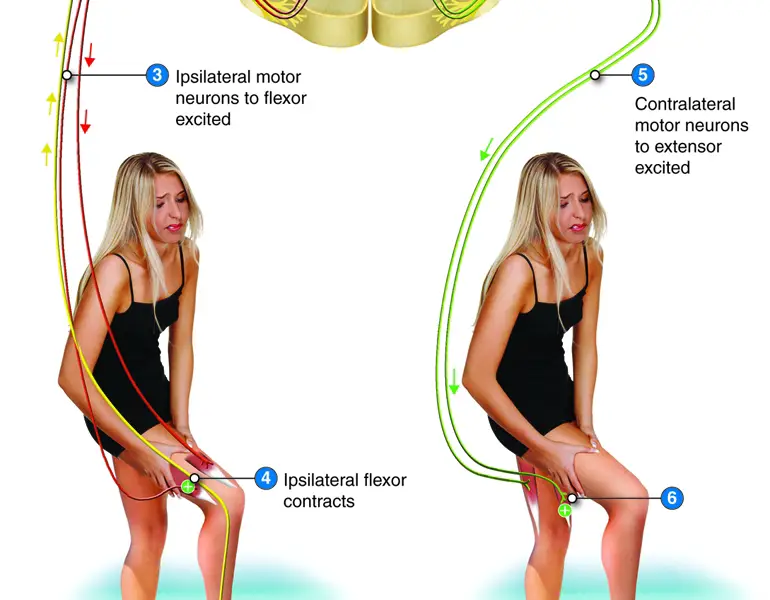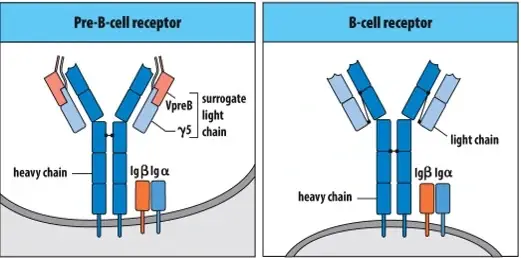Primary Biliary Cholangitis vs Primary Sclerosing Cholangitis: PBC vs PSC
Primary biliary cholangitis (PBC) and primary sclerosing cholangitis (PSC) are two chronic liver diseases that affect the bile ducts, which are responsible for carrying bile from the liver to the small intestine. While they have some similarities, they are distinct conditions with different causes and treatments. In this quick lesson, we will review the differences and similarities of primary biliary cholangitis and primary sclerosing cholangitis (PBC) vs (PSC), including a summary table.


